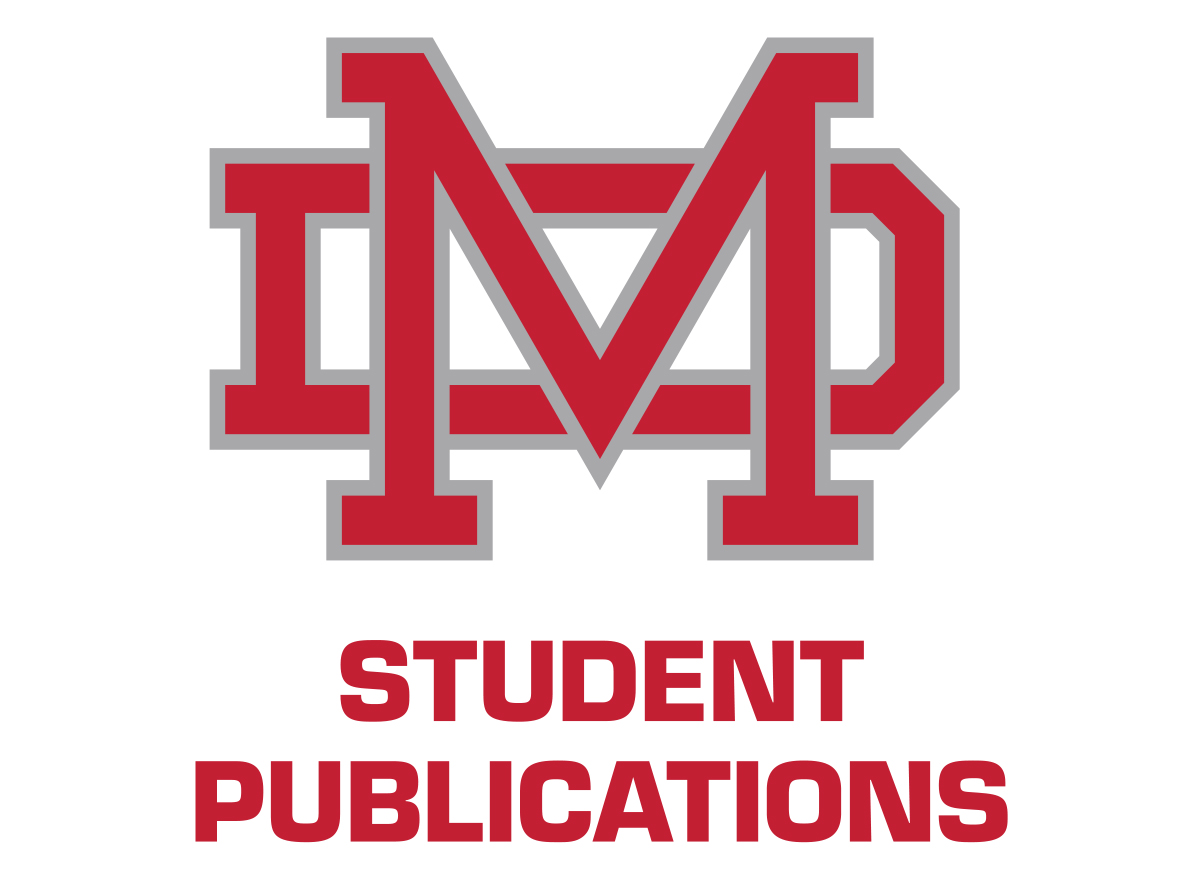With the rise of technology in day-to-day living, the world of academia pioneers new and innovative ways to improve test-taking. After years of handwritten exams, standardized testing is beginning to transition to an online platform using the Bluebook app for the ease and efficiency of students worldwide. The College Board has also recently announced their first online Scholastic Aptitude Test (SAT) starting on March 9, 2024, in the hopes that students would find test-taking less stressful and more similar to what they are already accustomed to in the classroom.
Priscilla Rodriguez, the Senior Vice President of College Readiness Assessments at College Board, explains the benefits of digital exams over traditionally written tests.
“Our goal was to provide a testing experience that is more relevant to today’s students and is less stressful for students to take and easier for educators to administer,” Rodriguez said.
Junior Julianna Botros appreciates the efficiency of registering for the SAT and also taking it online.
“I think it is easier to have the SAT online to eliminate the time spent bubbling both answers and personal information,” Botros said.
Moving forward, the online version of the SAT will be the only available option for students to take.
The digital SAT provides numerous advantages that were designed to be beneficial to students. As for its format, the number of questions have been reduced from 154 total to 98, and the test overall is 2 hours and 14 minutes as opposed to 3 hours as it was previously. A built-in calculator is provided on the math modules, and annotation options are provided on the English modules. This makes it more convenient for students because they are not required to bring so many materials, as everything is built into Bluebook on their testing device.
Although senior Natalie Finnegan took the SAT before it went online, she believes that the ease of adding digital annotations would help students analyze and understand the reading comprehension portions on the English modules.
“I do think having the SAT online would be better than on paper because there’s less of a risk of the scantrons getting lost or mismarked if you skip around,” Finnegan said. “Assuming they let you highlight text and add notes, it would also make the reading part easier since you can have clearer annotations.”
However, the digital SAT is adaptive, which means that if students perform well on the first English and math modules, the second modules that follow will be significantly more difficult. Many students did not know the digital SAT was going to be adaptive and were blindsided by the increasing difficulty.
Botros suggests keeping study material updated to help students feel more prepared for the adaptive format, since the study materials for the written SAT did not correspond to the digital SAT.
“I would make new study material more readily available,” Botros said. “There are thousands of resources for the paper exam, but as the style of the test changes, so does the content.”
2024 is also the first year that the CollegeBoard is providing a digital option for Advanced Placement (AP) exams. While the exact format is ultimately up to the AP teacher, this is only the beginning of an inevitably complete transition to online testing. Many AP teachers already assign practice exams online, so the convenience of the format is much easier for students to adjust to.
Junior Jay Qiu appreciates the efficiency of writing essays online and how it is easier to correct your mistakes by using keyboard shortcuts instead of rewriting everything.
“It’s convenient in the writing portion of AP testing because you can just edit the response that you put in instead of trying to erase everything,” Qiu said.
Finnegan appreciates the efficiency of writing essays online for assessments and practice tests for her AP Language and Composition class, and believes it would be beneficial on the actual AP exam.
“I’ve noticed that my English FRQs [free response questions] are better when I write them digitally versus on paper because I can write down my ideas quickly and easily touch up my writing wherever I need to,” Finnegan said. “It’s helpful being able to see the time limit on tests as well, because it helps me decide if I should stick with a tough question or come back to it.”
Digital assessments, especially when it comes to standardized testing, have become more common throughout the years as it increases in popularity and influence. While there are certain difficulties in adjusting to a new format, there are also numerous benefits that increase productivity and efficiency in regard to test-taking in general. While weighing the benefits and weaknesses of digital testing, students must learn to adjust and prepare themselves to do their personal best.









![SETTING THE STANDARD: Mater Dei High School and Playfly Sports announced its historic media partnership in the spring of 2025. As Mater Dei Athletics continues to achieve new heights, Playfly will introduce new partnerships and sponsors for these programs. With the added revenue and resources, Mater Dei can improve the high school experience for all students, while engaging the community in a showcase of Monarch pride. “[This partnership is designed] to increase the experience that our athletes and our non-student athletes have with the [athletic] programs,” Melvin said. “School spirit, engagement, and pride are all things we [keep in mind].” Photo taken by Kenzington Ragge.](https://thescarletscroll.com/wp-content/uploads/2025/09/IMG_0237.jpeg)